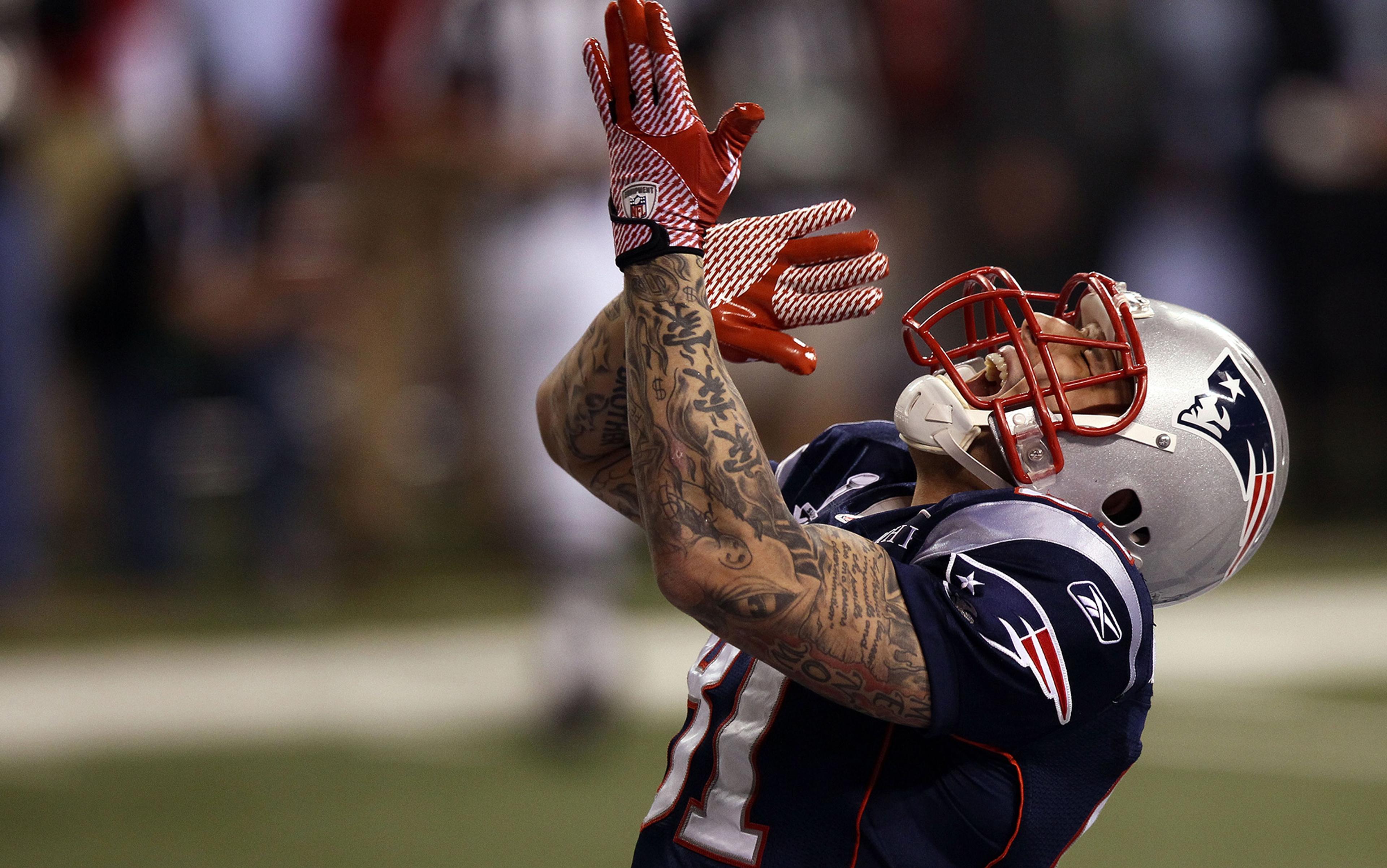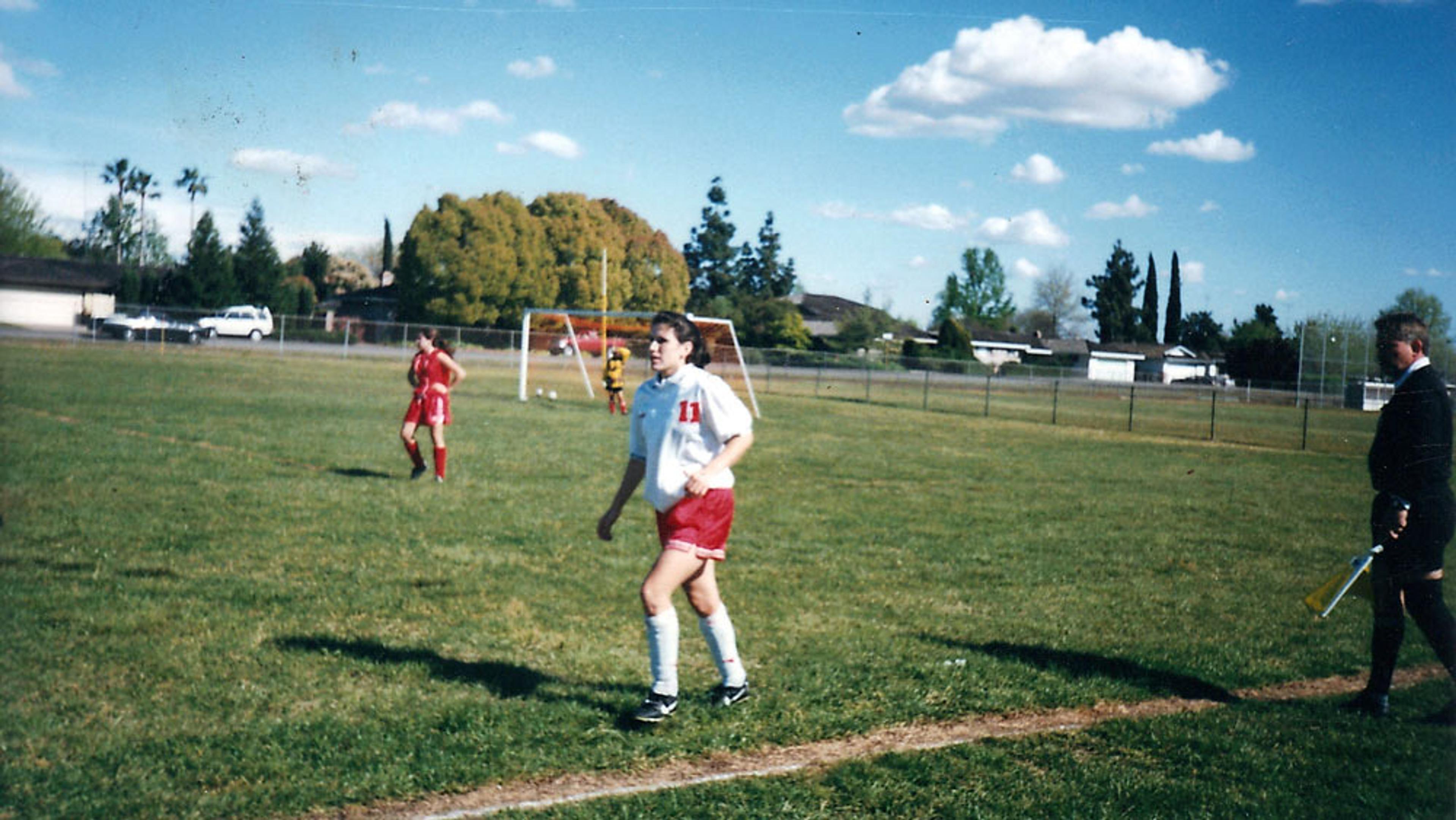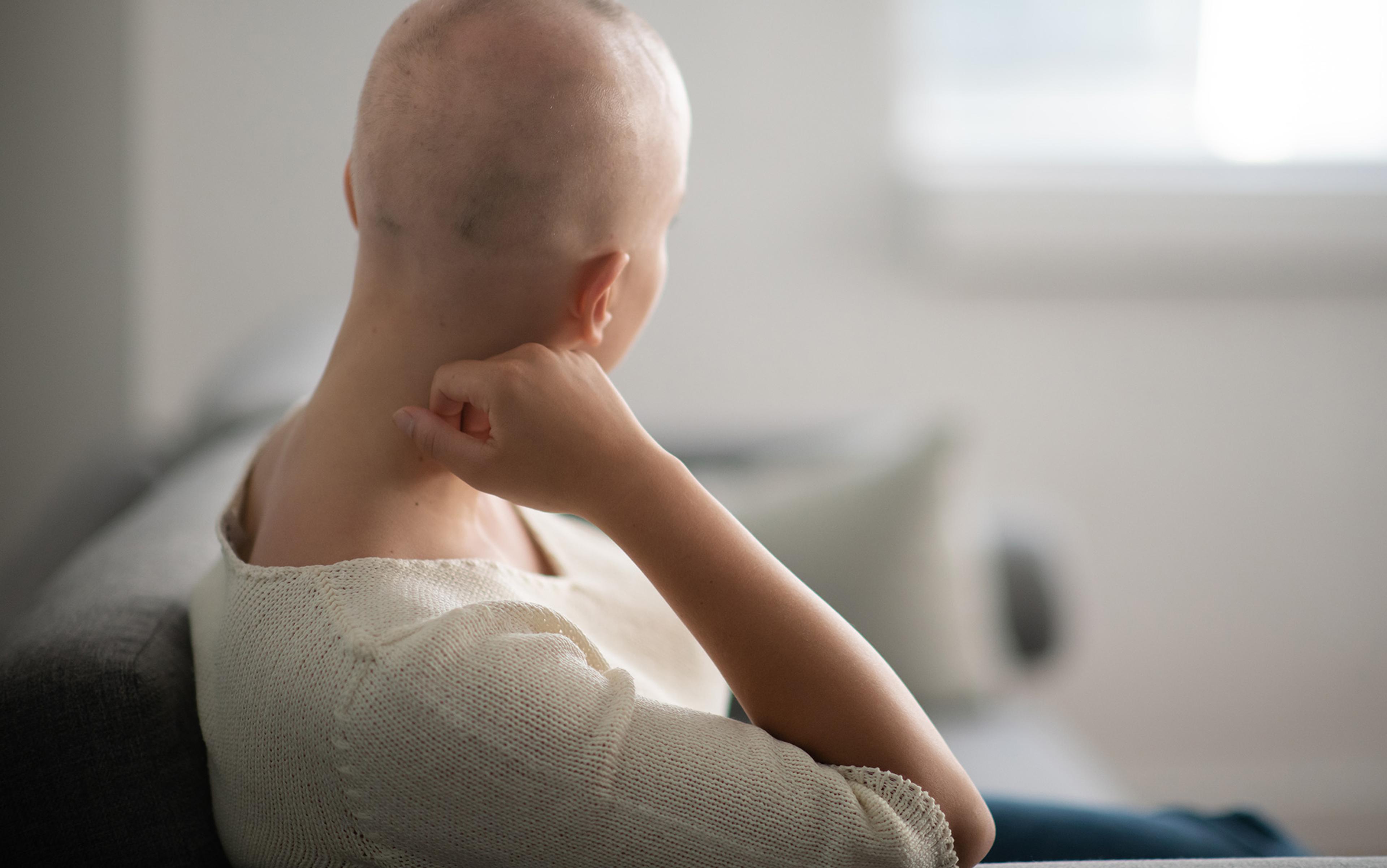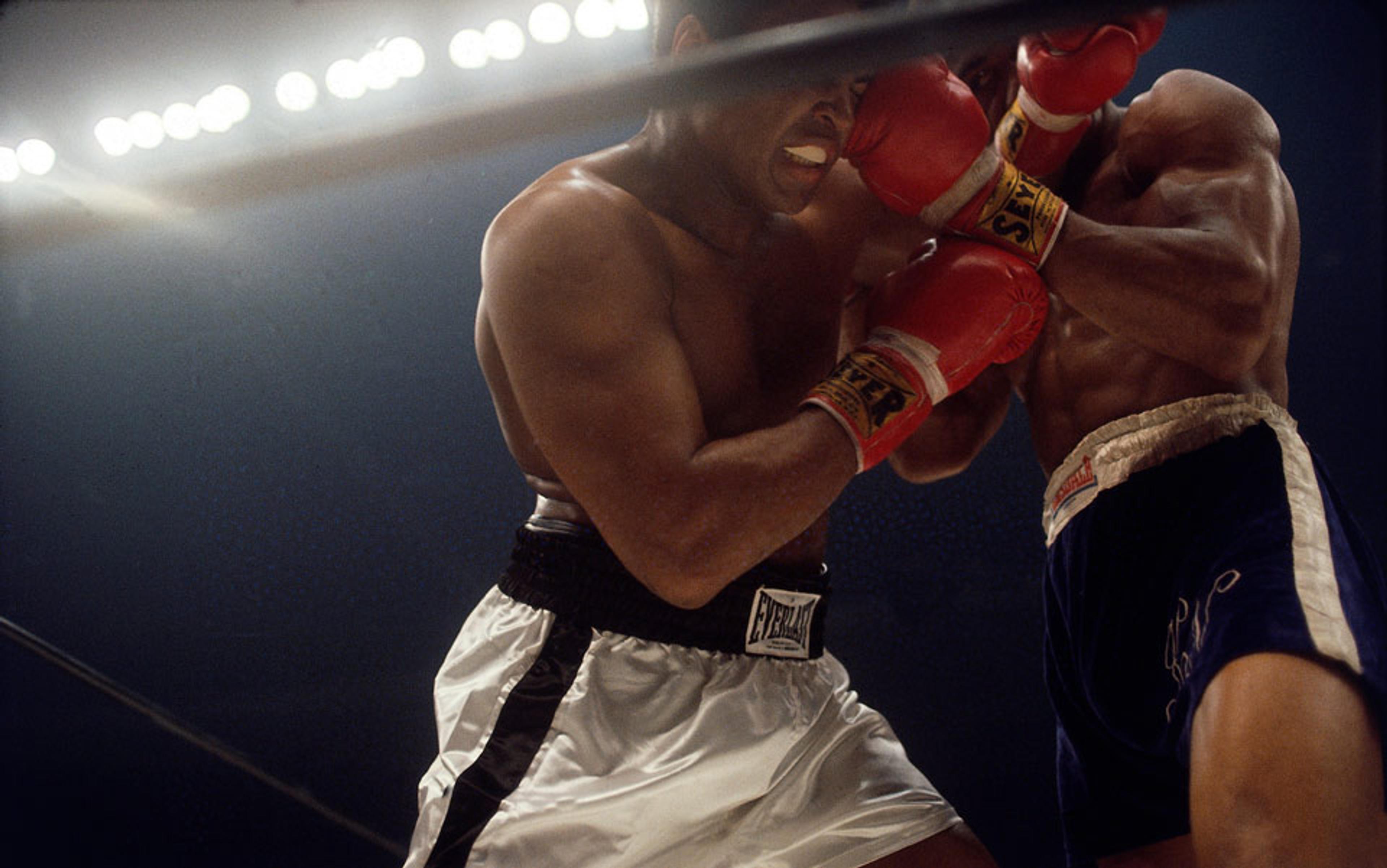Keyon Dooling, a 13-year veteran of the US National Basketball Association (NBA), grew up in South Florida navigating urban blight, high crime and a community with disparate access to healthcare, economic opportunity and education. His story, chronicled in his memoir What’s Driving You? How I Overcame Abuse and Learned to Lead in the NBA (2014), is characterised by courage, vulnerability and emotional risk in the face of hidden trauma – what I call an invisible tattoo. In fact, Dooling’s battle to earn and hold on to a career as a stellar baller in the league paled in comparison with the internal battle raging in his mind, body and soul, triggered in his early 30s by an inebriated fan who groped him in a public restroom at an exclusive hotel. Never in his wildest dreams could Dooling imagine that excusing himself from the dinner table with friends and business associates to go for a comfort break would end in such a life-changing experience.
After the shocking bathroom incident, Dooling’s thoughts raced uncontrollably, a confusing phantasmagoria of fleeting images passing through his mind. Driven to feel better, he finally checked himself into a psychiatric hospital for four days. The terror of confinement to a basement-floor room in the psych ward, numbed by medication, helped to launch a journey toward healing and, ultimately, the ability to reclaim his human wholeness.
The therapy that he pursued after his time in the hospital unmasked historic sexual abuse by an older teenage male when Dooling was just seven. Therapy put him in touch with his feelings at the time, and helped him to connect past sexual trauma and the recently experienced bathroom incident that had triggered emotions identical to ones from decades before. Dooling also remembered early-age gun violence and the deaths of neighbourhood peers on the streets of Fort Lauderdale, evoking fear, hypervigilance and a committed determination to extricate himself from the once-seemingly forgotten past.
Therapy also allowed Dooling to connect the childhood pact he’d made with himself to set sail to new shores of opportunity with the success he’d enjoyed at the University of Missouri and his first-round selection – placing 10th overall – in the 2000 NBA draft. The oft-cited mantra ‘When one door closes, another one opens’ is evidenced in the messages of hope and healing that he today shares with fans both at home and abroad who flock to hear him speak. Looking into the eyes of the diverse people in his audience, Dooling invites his onlookers to ‘do your work’ for brighter days ahead.
Dooling’s best self is still unfolding, limited only by his drive and imagination. He’s a success story in the face of the profound challenge that invisible tattoos present when celebrity makes stigma especially hard to bear. As Dooling found, life’s experiences can puncture the personal realities we construct and embrace, and on which we rely. These constructed realities – tailored safeguards for our emotional balance, protection and overall wellbeing – are rooted in beliefs about human kindness, personal agency and control. They belie the traumas: the physical, sexual or emotional abuse, the bullying, hate-based assaults and crimes, the spousal or partner battery, sexual assault and life-altering injuries, the death of a loved one, exposure to gun violence, chronic illness, alcoholic family systems and incarceration of family members, among other devastating emotional ruptures and perforations that can feel perpetually hurtful.
Existential wounds from traumatic experience can happen early in life, often before age 10. Young children lack the cognitive sophistication or emotional intelligence to comprehend and process the full magnitude of what happened, let alone the likely emotional short- and long-term implications of the situations they find themselves confronting. Nonetheless, trauma experienced when young triggers varied and keenly distressing, all-consuming and often surreal swells of emotion including fear, anxiety, depression, post-traumatic stress, anger, confusion, guilt and shame. Emotions emerging from trauma are akin to the inks used by tattoo artists who skilfully etch indelible images onto human skin. Collectively, the complex infusion of emotions resulting from trauma are recorded, encoded and stored in the body. The emotional ink from life’s wells of early and adverse circumstances leaves invisible tattoos of the painful and impossible-to-forget experiences from which a person has just emerged.
Trauma experiences can’t be unseen, unheard or unfelt. They are piercingly personal, uniquely nuanced and intricately emotional. Multiple people experiencing the same or similar experiences deemed traumatic will perceive, live through, and process their experiences very differently.
The individual experience of trauma varies with a complex confluence of variables, including but not limited to, culture, race, ethnicity, gender, sexual orientation and family systems of origin. Also essential: communities within which survivors live, with local and regional social and political climates adding more context and representing the intersectional lenses through which individual experiences of trauma must be viewed. By all accounts, events experienced and envisaged as traumatic feel like violent proprioceptive interruptions of a person’s mind, body, emotions and spirit; later, reassembling the disaggregated dimensions of personal identity can feel arduous and discouraging. This sense of psychological fragmentation can persist across time, from childhood through to old age, and all along can be camouflaged by the survivor luring others into a mistaken belief that life is going well.
Recovery from trauma can increase personal self-control, trust in oneself and in others, and appreciation for the pleasure of interpersonal bonding. Importantly, but not always obviously, understanding one’s invisible tattoos influences the decisions that people make to invest in family, partners, communities, occupational pursuits and spiritual practices. On the other hand, when left unaddressed, past traumas can lay dormant for years and surface later, seemingly out of nowhere, feeling like an off-the-radar tsunami of emotion, leaving individuals feeling blindsided, confused, fragmented and powerless. This inevitable date with emotional destiny arrives despite a trauma survivor’s success in and satisfaction with career, family, friends, leisure pursuits and their spiritual discipline. With therapy, stout-hearted support systems and significant, intentional effort, traumatised individuals can regain a sense of identity and a more fully realised, whole version of themselves.
Of course, sometimes trauma is so overwhelming that it seems insurmountable. The deck was stacked against Aaron Hernandez, the US National Football League (NFL) champion arrested for murder in 2015 and found hanged in his prison cell two years later. Describing the challenges in his book, The Truth About Aaron: My Journey to Understand My Brother (2018), Jonathan Hernandez (with Lars Anderson) illuminates a life of secrecy, confusion, darkness and fear that not so strangely propelled Aaron to achieve standout player status from his college days on. His stellar athletic performances were the byproducts of his hard work, dedication and drive to be the best.
All that paled, however, next to his drive to hush inner voices and the truth about his sexuality. Despite his agonising struggles, Hernandez found strength, on one end, in unflinchingly strong family bonds. Yet he was challenged, on the other end, by crimes, a murder conviction, incarceration, and his posthumously diagnosed chronic traumatic encephalopathy, a degenerative brain disease believed to result from long-term head trauma. The emotionally laden intrapersonal fracas and ongoing sparring match with his inner demons only escalated when he couldn’t find mentally healthy ways to play the hand he was dealt by life; Hernandez ended his life, aged 27.
Though very different men from different backgrounds, both Hernandez and Dooling shared a passion for the sports to which they devoted a good proportion of their lives. Each man also shared an unwavering adherence to keeping a part of his life hidden. Arguably, their secret pasts, along with the psychic and emotional energy needed to keep their demons at bay, fuelled their sense of grievance and provided the edge they needed to distinguish themselves among their peers.
At first glance, trauma triggers a range of emotions including fear, shame, guilt, rage, confusion, anxiety and depression – and, also, loss of control. On the surface, logic suggests that traumatic events can prompt hypervigilance, self-protective caution and helplessness. But these reactions are not the sole experiences common to trauma survivors. Traumatic events can also harness heretofore unrecognised strength and tenacity in the survivor to fight through emotional challenges and concerns. The pursuit of meaningful goals fosters feelings of success and, for the trauma survivor, throws light at the end of the proverbial tunnel.
The traumatic events that shaped the lives of Dooling and Hernandez ignited measures of self-efficacy, self-control and self-esteem that propelled each to be the best athlete and man he could be.
Trauma can be translated into ‘edges’ that help athletes through practice and competition
But while one succumbed to post-traumatic stress, the other worked through his feelings and memories to flourish in post-traumatic growth. In a series of recent papers and books, the psychologist Richard Tedeschi at the University of North Carolina-Charlotte and colleagues emphasise an often-voiced belief in a silver lining for every cloud. Post-traumatic growth is indeed possible, dependent largely on a person’s willingness to embrace the journey of discovery implicit in the recovery from trauma. The Austrian psychiatrist Viktor Frankl offered similar observations in his memoir Man’s Search for Meaning (1946), based on the lessons he learned from his time in four different Nazi concentration camps. Traumatic events, he asserts, allow for the discovery of meaning, and propel forward movement buoyed by resilience and a revived and reignited sense of hope. The idea is that those who experience trauma are positioned for an infusion of hope and positive change in their perception of self, spiritual commitment, and appreciation of life.
For athletes, trauma can be translated into ‘chips’ or ‘edges’ that help them get through the blood, sweat and tears of practice, the sheer grind of competition, and the rigorous schedule of personal health maintenance, as well as the many other off-court demands on their time from family, friends and business obligations. However, when left unaddressed, even monitored and managed athletes become vulnerable to off-the-radar emotional eruptions of past trauma or other adverse experiences, and can feel considerable disruption in their abilities to maintain balance in the lives they worked so hard to achieve.
Dooling and Hernandez are cases in point. Their early adverse experiences framed their day-to-day lives, and reflect the lives of many other current and former athletes, as well as fans and citizens. The many Olympic gymnasts violated by Larry Nassar – a former head physician for the USA Gymnastics national team, and now a convicted serial child molester – come to mind. The public outrage and disgust for the violation perpetrated by Nassar on so many young gymnasts suggests that his victims are still in varying stages of recovery and healing. The culture of sport, after all, provides plenty of opportunities for exploitation of power and authority against women by coaches as well as team and organisation personnel.
For men and women alike, the risks remain. Just consider the lives of late athletes such as Tiaina Baul ‘Junior’ Seau, a 10-time All-Pro and 12-time Pro Bowl selection and linebacker in the NFL; Rick Rypien, the Canadian professional ice hockey forward; Kenny McKinley, an NFL wide receiver for the Denver Broncos; Darren Sutherland, an Irish professional boxer; or Jovan Belcher, an NFL linebacker for the Kansas City Chiefs. The struggles of these athletes, mostly hidden from the public, culminated in each dying by suicide.
Evidence for the risk of invisible tattoos etched by childhood trauma only continues to mount. Some of the most compelling research comes from the Centers for Disease Control and Prevention/Kaiser Permanente Adverse Childhood Experiences (ACE) study of some 17,500 subjects, including those exposed to poverty, violence and all forms of emotional and physical abuse. The ACE study documents the hidden challenges that influence those who, on the surface, appear by objective measures to be managing their lives in ways that work for them. The study shows that adverse experiences in childhood (including emotional, physical and sexual abuse; household challenges from divorce to substance abuse to a parent’s incarceration; and even more passive forms of neglect) portend adverse health later in life, especially if the adverse experiences are cumulative or long-lasting.
So, what can be done for athletes and everyone else? The best-practice response for coaches, other athletic support personnel and those in the athlete’s circle of personal influence is to refer to professionals trained to respond to trauma and the often co-occurring conditions that frame the athlete’s distress. The right professional will help the athlete reclaim his or her life and find purpose and meaning. Best practices include identifying, understanding and appreciating athletes’ past trauma; teasing out variables that are fuelling the distress caused by current traumatic stimuli; and helping athletes prepare for the future by recalling successes in overcoming past challenges, despite having felt out of balance and overwhelmed.
Some of the most effective current interventions include mindfulness and meditation-based therapies rooted in Eastern philosophical and applied practices. Here, the traumatised individual focuses on internal experiences nonjudgmentally while becoming aware of and allowing in-the-moment feelings, thoughts and bodily sensations. Integrating awareness and emotional self-regulation is as important as acknowledging that current thoughts, feelings and behaviours are transitory mental states that come and go. As these practices are integrated into the daily routine, trauma symptoms are often reduced, and reactions to triggering situations better managed. Evidence that the approach works comes from self-reports of survivors who share stories of increased abilities and willingness to discover and embrace the totality of who they want to be.
Might they play at even higher levels if given space to let go of at least some of their burdens?
Other interventions merit attention, too. Among these are Marsha Linehan’s dialectical behaviour therapy for the treatment of borderline personality disorders, Francine Shapiro’s eye movement desensitisation and reprocessing (EMDR) for the treatment of post-traumatic stress disorder, and the 2016 work of Judith Cohen, Anthony Mannarino and Esther Deblinger for treating traumatised children and adolescents.
Athletes are as vulnerable to mental-health challenges as the general public, and their battles with stigma remain a powerful force stopping them from seeking help and support. In addition, athletes can resist professional help due to beliefs that, if effective, therapy might blunt their ‘edge’ and thus compromise their drive and determination. This fear, fuelled by their quest to remain in the game as long as they possibly can, might cause them to conclude that fighting through the grind and emotional walls of challenge remains the best option. Compounding such fears are attitudes of many in their circle of influence who believe that talking about personal struggles will release a Pandora’s Box of confusion and unbridled angst and agitation.
For those who harbour these flawed ideas, one question is worth considering: if athletes playing at Hall-of-Fame levels are doing so while masking hefty emotional burdens, might they play at even higher levels if given space to let go of at least some of their burdens, and begin their healing process sooner?
Given the stigma associated with abuse in the context of celebrity, athletes might be especially prone to remaining silent about their personal and emotional struggles. As a result, they are more likely to keep quiet about traumatic and other adverse childhood experiences and, thus, be more susceptible to the emotional injury such silence can bring. Coaches, friends would do well to appreciate the athlete as a person first and a performer second. Discovering and understanding the roots of their ‘invisible tattoos’ could help athletes summon talent and genius that might be hiding in plain sight.






